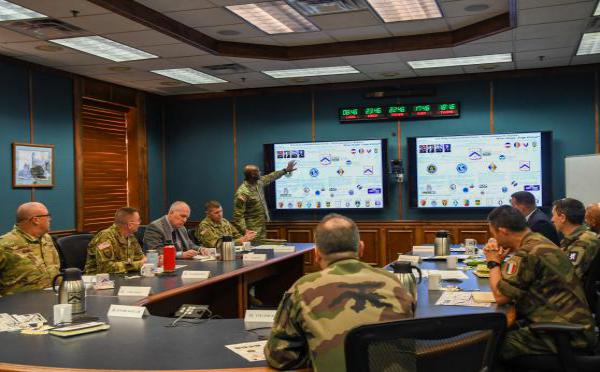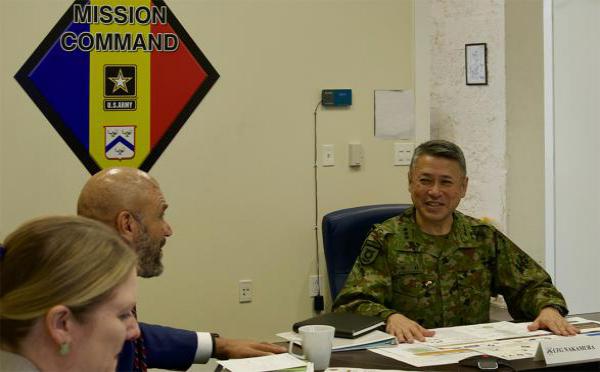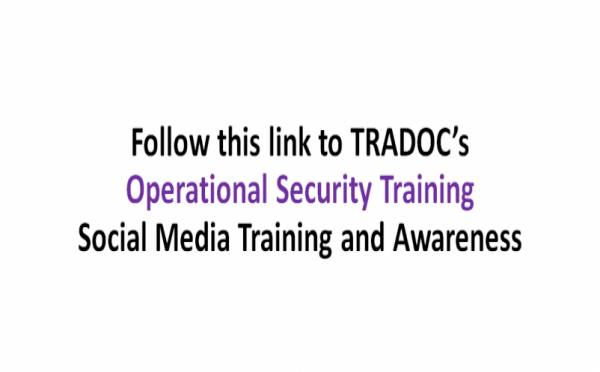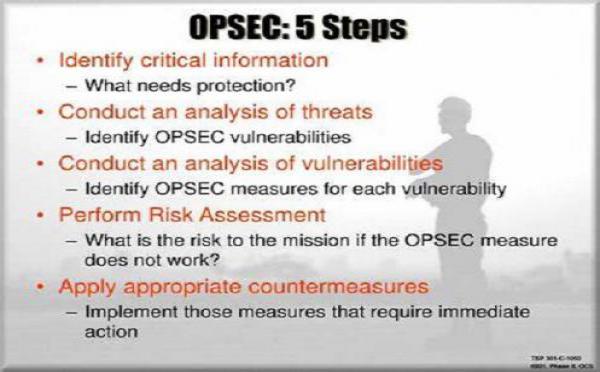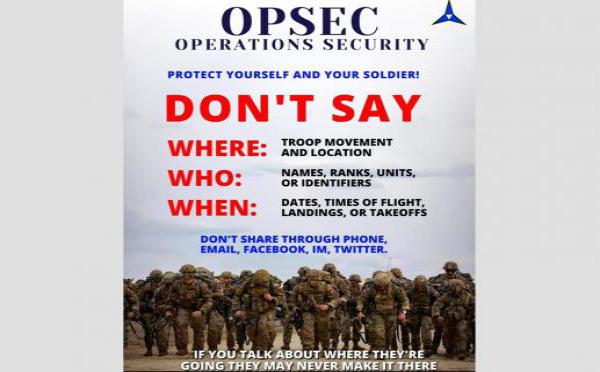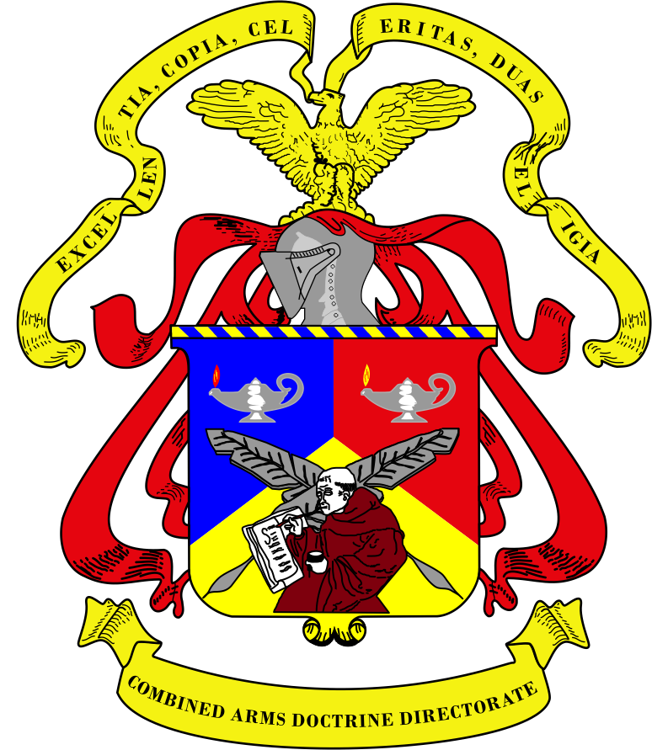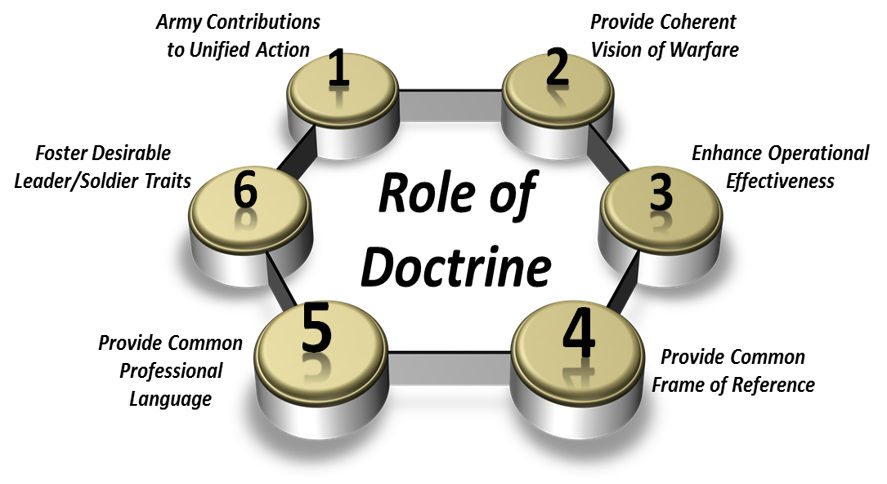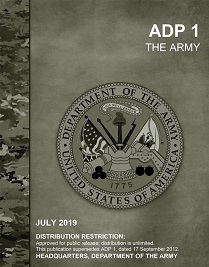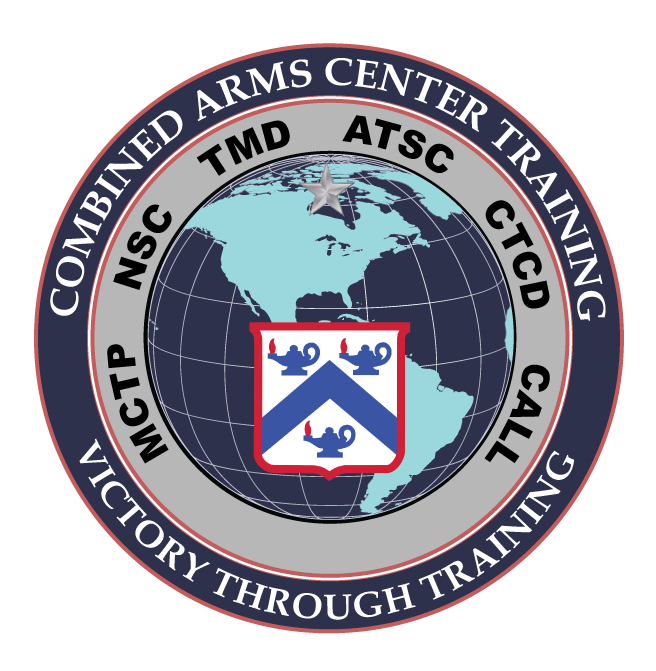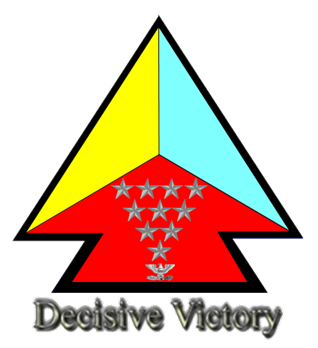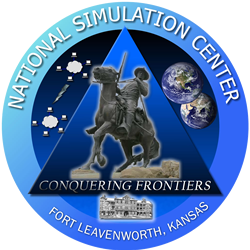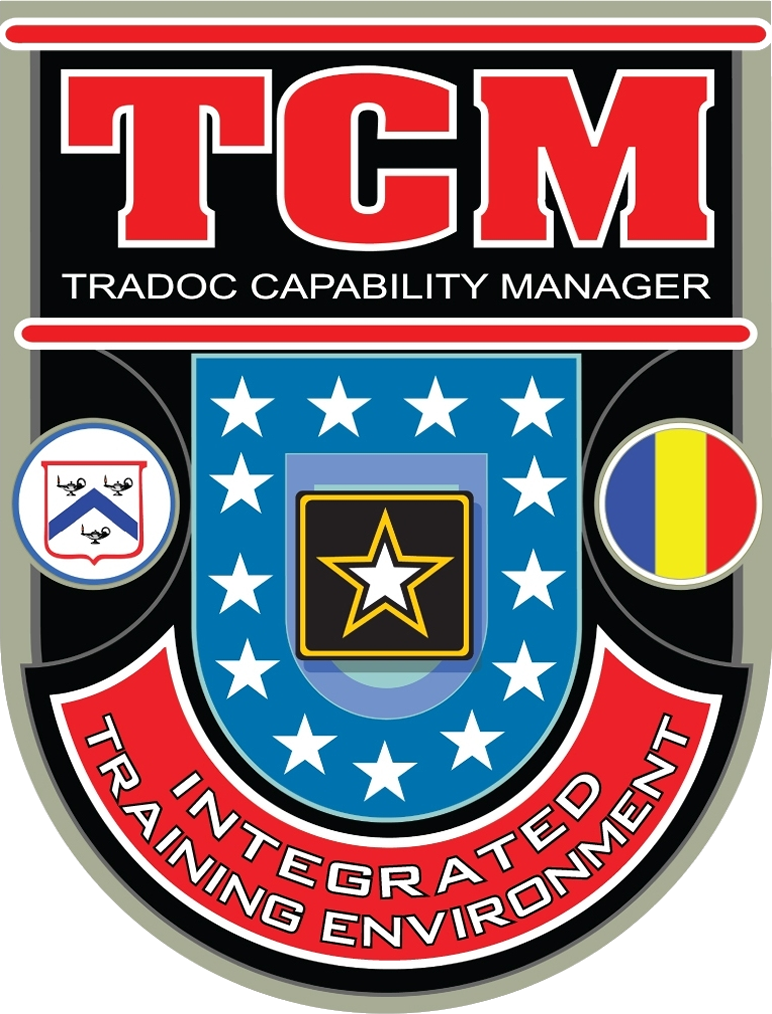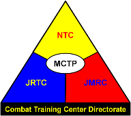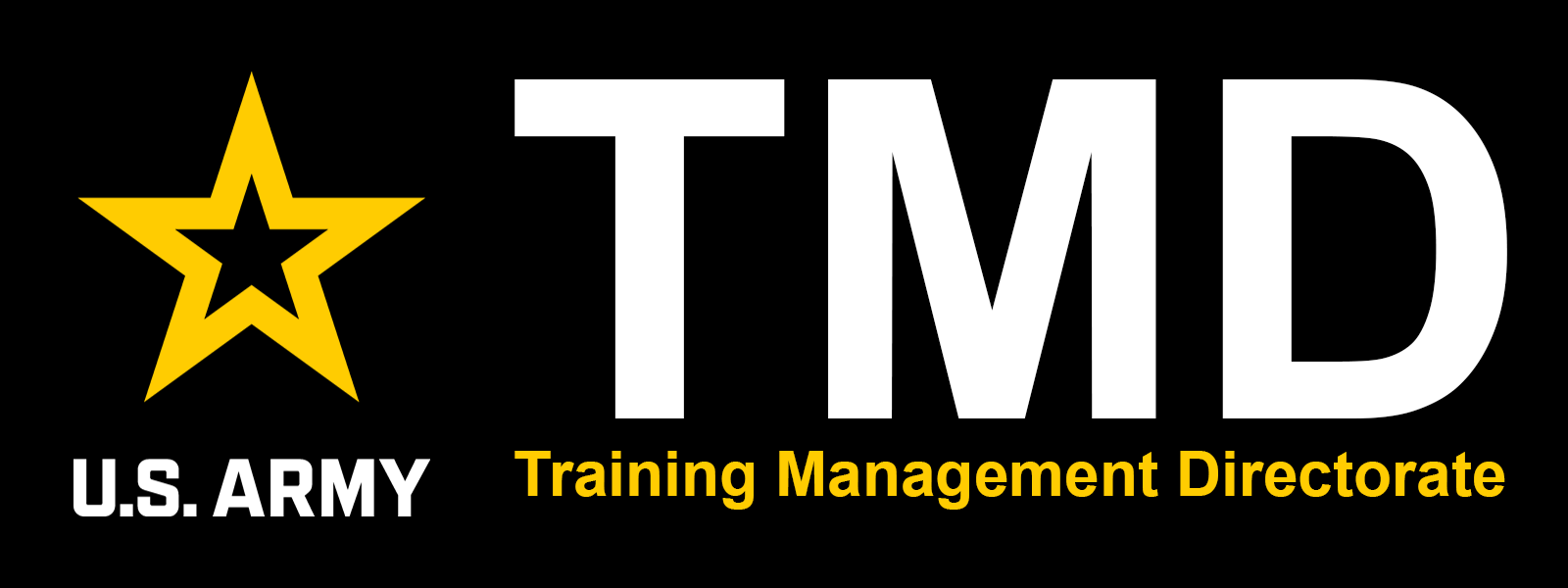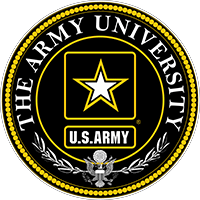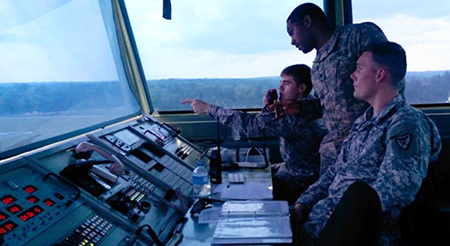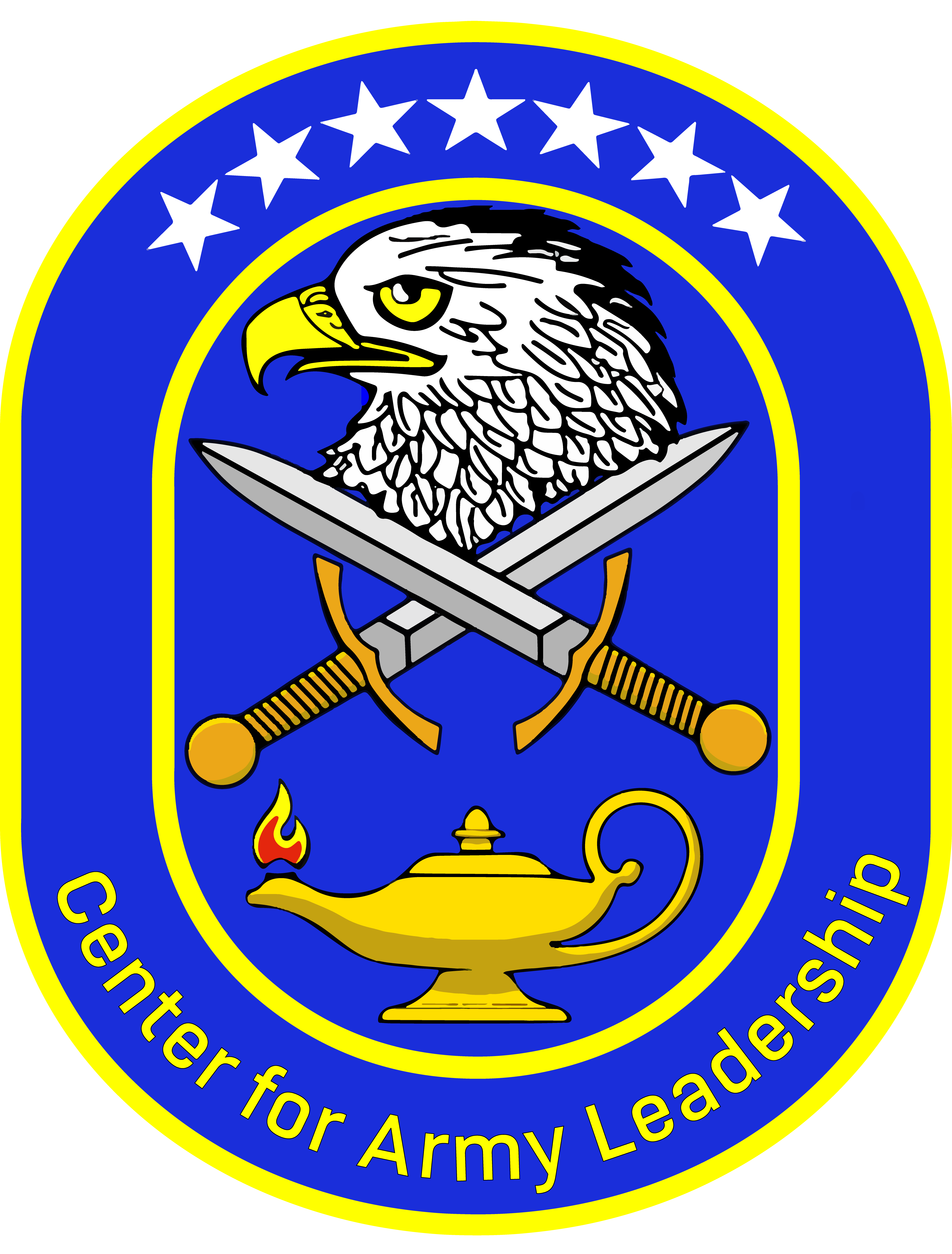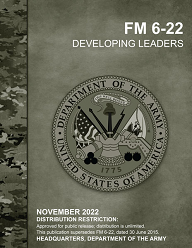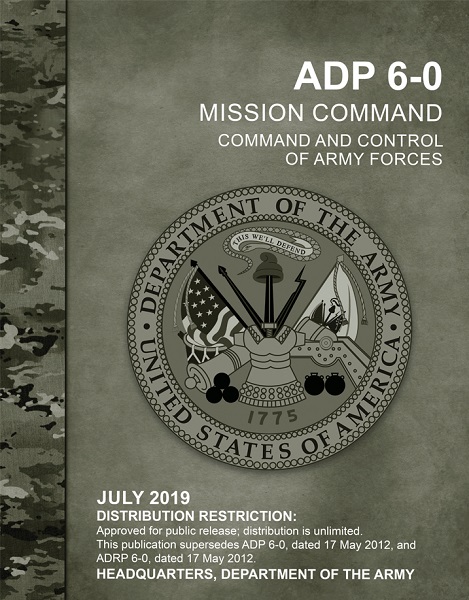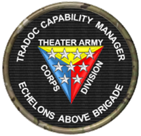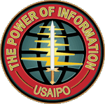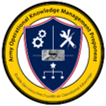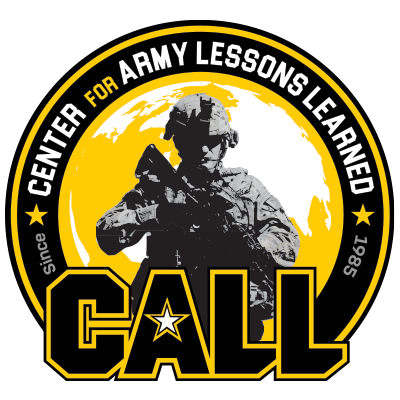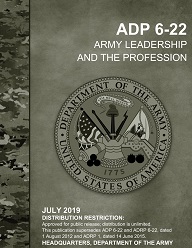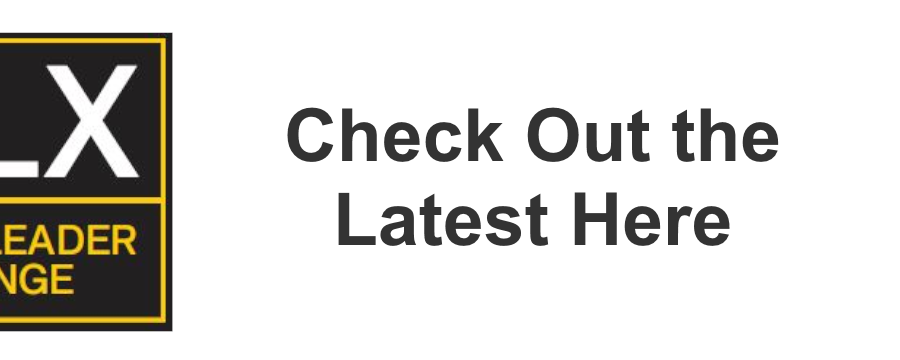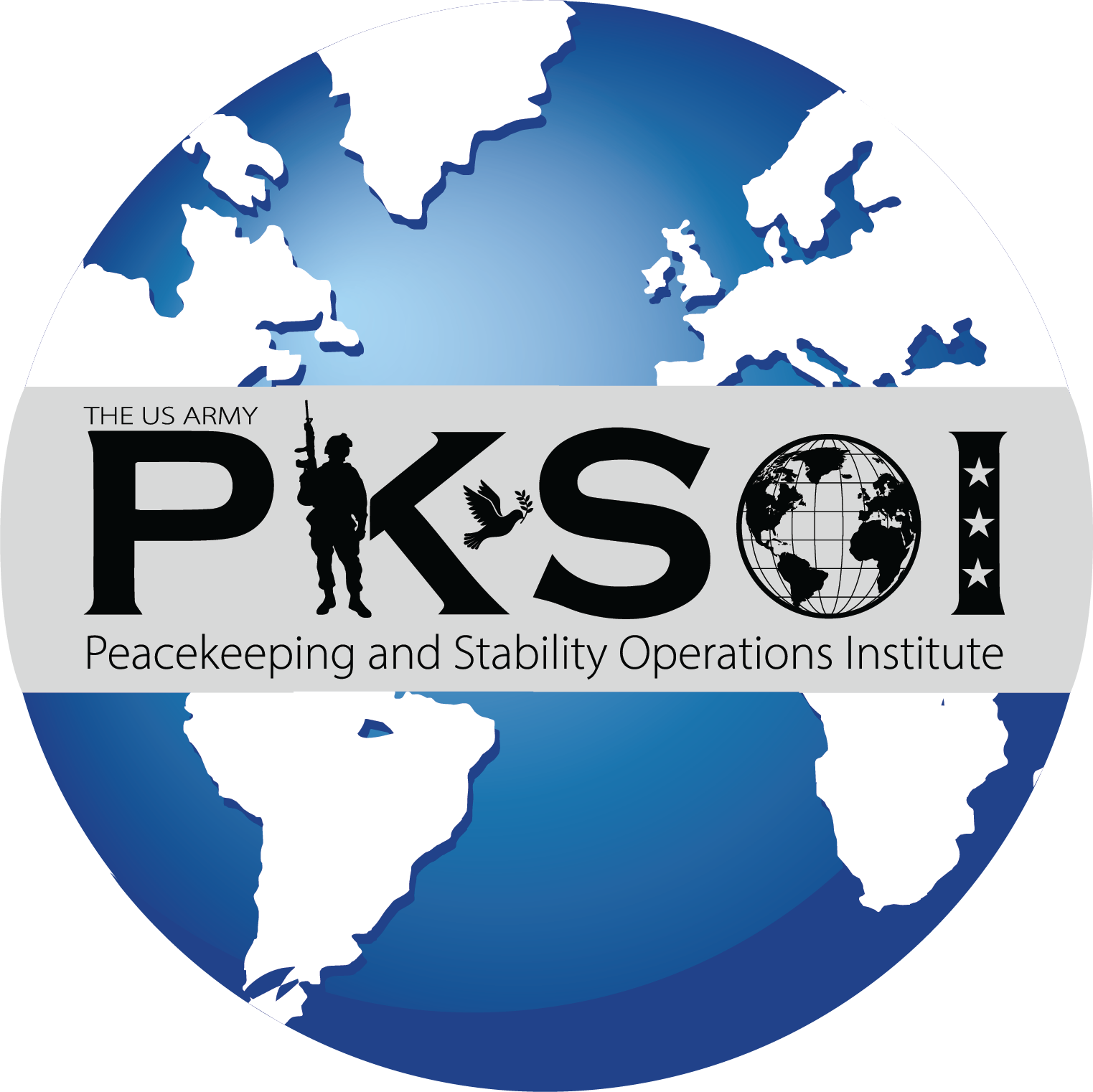|
|
Featured NewsWhat is CAC?The US Army Combined Arms Center (CAC) is the force modernization proponent for unified land operations, combined arms operations at echelons above brigade (Division, Corps and Theater Army), mission command, airspace control, information operations, irregular warfare, knowledge management, personnel recovery, OPSEC, military deception, security force assistance, UAP interoperability, and the Army Profession. CAC is also the US Army's lead organization for lessons learned, doctrine, training, education, functional training, fielded force integration, managing the Army Leader Development Program, Army Profession Program, Army Training Support System Enterprise, Army Training and Education Management Enterprise, and the Combat Training Center Program. CAC is made up of more than 34,000 Soldiers and Army Civilian Corps employees stationed throughout the United States, Europe, Korea, and SW Asia and nine centers of excellence, 20 branch schools, and seven non-branch schools. The Combined Arms Center synchronizes 37 US Army schools through Army University educating and training more than 300,000 students annually, including nearly 5,000 students from 130 separate nations and more than 10,000 sailors, airmen, and Marines from the Joint Force. Centers of Excellence 






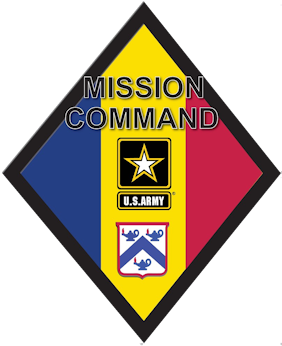


Branch Schools 

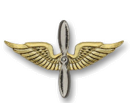














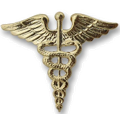
Non-Branch Schools 







While CAC's physical footprint is finite...the influence created from the collective efforts of its parts is not. What CAC DoesThe US Army Combined Arms Center develops full Doctrine, Organizations, Training, Materiel, Leader Development and Education, Personnel, Facilities, and Policy (DOTMLPF-P) requirements for divisions, corps, and theater armies while synchronizing and integrating doctrine, training, education, and leader development solutions across the six warfighting function proponents, the combined arms team, joint force, and multi-national partners. This is all accomplished through CAC's US Army lead roles and TRADOC core functions. 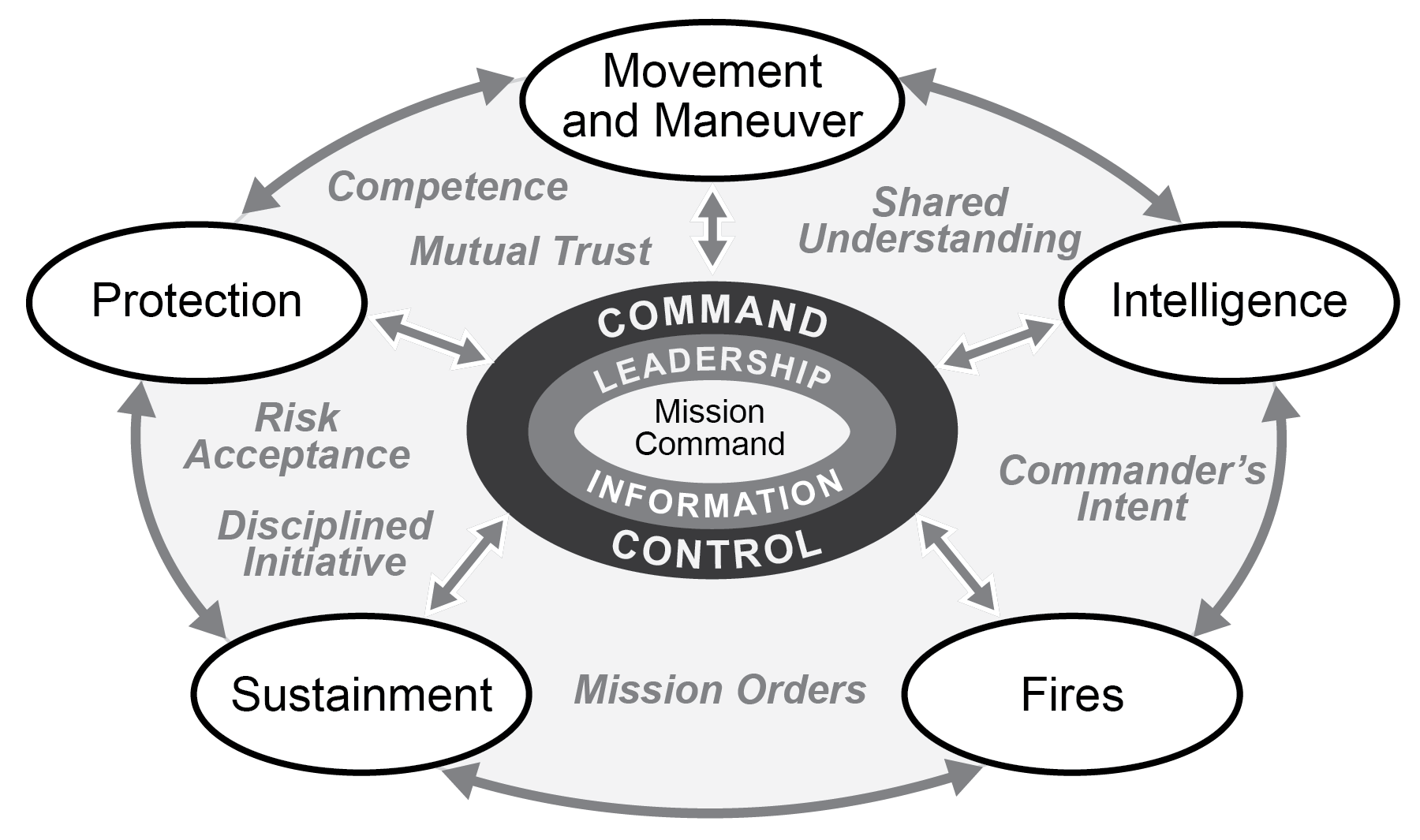
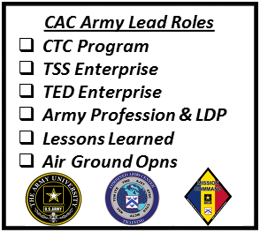
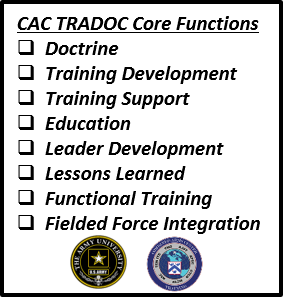
The Combined Arms Center further delivers professional military education and functional training through 20 branch and seven non-branch schools, as well as delivers individual and collective training and education support through enabling capabilities. This allows CAC to provide the Army with agile, adaptive, and expert professional Soldiers and leaders, and DOTMLPF solutions for highly capable combined arms formations to successfully conduct Unified Land Operations to shape, prevent, prevail in large scale combat operations (LSCO), and consolidate gains against peer threats in complex and contested environments. Mission, Vision, and Lines of EffortMISSIONThe Combined Arms Center (CAC) educates, trains, and inspires the force by stewarding the profession, developing leaders, and driving change to create a Multi-Domain Operations capable Army by 2030.VISIONTo steward our profession by example and through modeling exceptional thinking, writing, and leading for our Army. As the Army’s Force Developer, be the driver of necessary change to build the Army’s MDO capable force that will fight and win on any future battlefield. Many hands, many minds, but one goal; the ability to drive change through teamwork, excellence, and commitment to all who serve. CAC CG IMPERATIVES
LINES OF EFFORT
DoctrineDoctrine is the Army’s expert body of knowledge. It serves as the starting point for organizations and leaders to think about and conduct operations based on current capabilities and executable by forces currently in existence. It is dynamic and changing based on lessons learned in current operations and training, adaptive enemies, and shifts in force structure, technology, and social values. Doctrine is the language of the Army professional. TrainingTraining is the means by which US Army professionals prepare for future operations and build readiness across the force. The Combined Arms Center – Training (CAC-T), supports and enhances individual and collective home station training and training conducted at the combat training centers in order to build readiness and capabilities that support US Army and joint force commanders. In order to develop agile leaders and versatile, ready units, training is conducted to standard in a realistic, complex training environment with adequate repetition to gain mastery of the required individual and collective tasks. EducationThe Combined Arms Center synchronizes education across the force through Army University (Army U) to ensure an applicable common core throughout the Total Army, while working with the operating force to capture, understand, validate, and apply operational lessons learned to professional military education programs. US Army educational organizations help maintain a relevant, agile, and informed force for US Army and joint force commanders. The Army Operating Concept 2014: Winning in a Complex World, recognizes the imperative of creating a culture of career-long learning within the US Army that facilitates continued development of agile, adaptive, and innovative leaders who thrive in complex environments. Education is critically important because the Army educates for uncertainty. The educational development of characteristics such as critical thinking, ethical reasoning, judgment, situational understanding, and problem-solving must accompany hard tactical and technical skills acquired in training. Leader DevelopmentLeader development is the deliberate, continuous, and progressive process—founded in army values—that grows Soldiers and Army Civilian Corps employees into highly competent, committed, professional leaders of character. Leader development is achieved through the career-long synthesis of the training, education, and experiences acquired through opportunities in the institutional (professional military education), operational (training and experience), and self-development (structured, guided, and personal) domains, supported by peer and developmental relationships. The Combined Arms Center helps produce professional leaders that practice the mission command philosophy whether conducting unified land operations or US Army generating force functions. The US Army strives to have leaders who are not only prepared for their current position, but also preparing for their progressive responsibilities. CAC's Force Modernization (FM) ResponsibilitiesThe US Army Combined Arms Center is the force modernization proponent for multidomain operations, combined arms operations for echelons above brigade, and mission command. CAC also serves as the proponent for airspace control, information operations, operational security, knowledge management, military deception, security force assistance, personnel recovery, foreign humanitarian assistance, and Army profession, ethic, and character development. As a proponent, CAC is primarily responsible for identifying capability gaps and developing DOTMLPF-P requirements, DOTL solutions and future concepts for each of these assigned areas. Lessons LearnedThrough the Center for Army Lessons Learned and the eight Centers of Excellence, the Combined Arms Center creates a knowledge sharing culture within the Army in which every Soldier and Army Civilian Corps employee is a discoverer and user of information, with the intent of driving continuous collection and sharing of observations from every unit level. The lessons learned program provides a system in which discovered lessons and best practices are validated and corrective actions are implemented into doctrine, training, education, leader development and operations. This is accomplished through a network of commands, units, and organizations continuously collaborating on observations to facilitate the integration and sharing of lessons and best practices. The program further improves the implementation of recommended changes to determine effectiveness in addressing identified issues. Finally, CAC offers the force a rapid issue resolution process to hasten the dissemination of critical information gathered from the field to resolve issues of importance to commanders and to save the lives of Soldiers. Army ProfessionThrough the Center for Army Leadership, the Combined Arms Center strengthens America’s Army as a military profession that inspires trusted Army professionals to honorably fulfill their oaths of service. This program supports army-wide efforts to further enhance Soldier and Army Civilian Corps employee professionalism by creating and integrating profession, ethics, and character development doctrine into training, professional military education, the civilian education system, and operations. SHARP SafelineThe Sexual Harassment / Assault Response and Prevention (SHARP) Resource Center provides awareness and prevention, training and education, victim advocacy, response, reporting and follow up for sexual harassment and assault issues. Army policy promotes sensitive care, advocacy, treatment, reporting options for victims and accountability for those who commit sexual harassment and assault crimes. Call the Installation SHARP Hotline at (913) 683-1443. For more information click here.  Visit the SHARP Academy Learning Portal
Visit the SHARP Academy Learning Portal
MEO HotlineThe Military Equal Opportunity Policy and Program (MEO) formulates, directs, and sustains a comprehensive effort to maximize human potential and to ensure fair treatment for all Soldiers based solely on merit, performance, and potential in support of readiness. MEO philosophy is based on fairness, justice, and equity. Commanders are responsible for sustaining a positive EO climate within their units. Specifically, the goals of the MEO Program are to — (1) Build and maintain a cohesive, combat ready Army which is focused and determined to accomplish its mission. (2) Provide support to Soldiers, both on and off-post, and within the limits of the laws of localities, states, and host nations. (3) Ensure MEO exists for all Soldiers. (4) Ensure every Soldier is treated with dignity and respect. (5) Support commanders at all levels and MEO professionals (EO PMs, EO SGMs, EO advisors; and EO specialists (RA/USAR)) and EO Leaders (EOLs) who are responsible for the execution of MEO policies in their units organizations, and agencies. Call the CAC & FLKS 24/7 MEO & Harassment Hotline at (913) 680-7037. For more information click here. |


